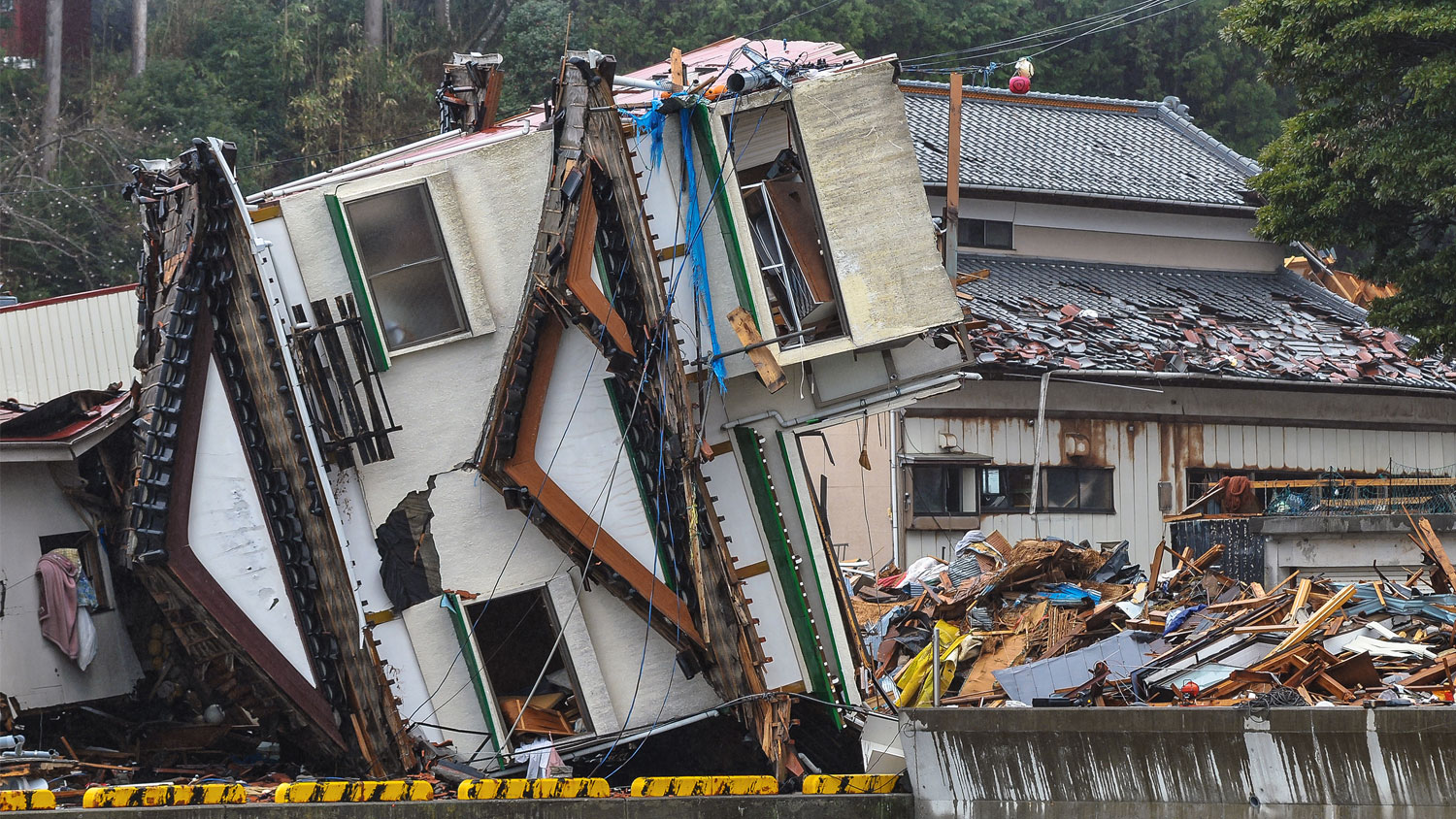Natural Disasters and Artificial Intelligence: A Better Chance to Save Lives
Thu, 05/14/2020 - 12:00
Using data and AI to prepare for, and respond to, earthquakes and tsunamis in Japan
In March 2011, one of the most powerful earthquakes recorded in Japan shook the country’s northeastern coast. It flattened thousands of homes and buildings, destroyed infrastructure, and triggered a tsunami that wiped out whole communities.
As the death toll rose above 20,000 with many more people injured and homeless, scientists and policymakers around the globe asked: How can society use technology to better prepare for, and respond to, natural disasters? How can we work faster to save lives?
Leading this new thinking are researcher Yanbing Bai and a team at Tohoku University’s International Research Institute of Disaster Science based in the region hardest hit by the quake.
Yanbing believes better planning with the aid of Artificial Intelligence (AI) and other technologies can give relief workers a better chance of finding and helping victims when an emergency strikes.
Using satellite imagery to help map out what has been damaged, and where, is already vital to coordinating an effective and swift emergency response. Local authorities, however, have found this crucial task challenging and time-consuming.
Yanbing is applying Mircosoft’s latest computer vision technology to address this. He’s developing a system to automatically create an informational footprint of a disaster area based on satellite imaging.
Last year, Microsoft awarded Yanbing a grant as part of its AI for Earth programme, which focuses on applying AI to solve global environmental challenges under its broader AI for Good initiative. So far, 33 grantees have been selected from Asia, and Yanbing is one of two from Japan.
Recently, Yanbing took part in Microsoft’s Ignite | The Tour conference in Singapore. Here is an edited version of some of his comments:
Q: How do you harness Artificial Intelligence and Machine Learning for good?
We want to be able to respond to post-disaster relief immediately. For disaster relief, we need the best solution to carry out a rescue response and emergency escape route planning, as well as intelligent property distribution. To do this, we first need to figure out accurate damage information, such as the location of damaged buildings, damaged roads, and flooded areas, etc. All of this damage information can be provided by damage mapping technology. We put damage information on a map so it can provide decision-making support to individuals and governments.
Traditionally, we have conducted damage mapping by field survey. But this is time-consuming and inefficient. However, now with the development of satellite observation technology, we can perform damage mapping from satellite images more efficiently.
AI provides a superior way of recognising useful information from satellite images to serve future disaster relief. We use the previous disaster damage label information and the corresponding satellite remote sensing information to train a “damage recognising model.” Then, we apply this model to future satellite images to conduct damage mapping. We have already applied this model to the 2011 Tohoku earthquake and tsunami, and we have seen a 75 percent accuracy rate. This is how we can leverage AI benefit our society.
Q: How did you consider ethical considerations in your solution development?
Previously, disaster relief work relied heavily on conducting field surveys by people. So, if fully automatic damage mapping technology is achieved, people might worry about losing their jobs.
But that might not happen—because we still need people to do more sophisticated relief work. We will need to change the role of these people as we enhance the efficiency of disaster relief.
Another ethical issue is “intelligence stupidity.” Artificial Intelligence relies on Machine Learning. If a specific damage scenario has not been learned by a machine, it is possible for that machine to make mistakes. Therefore, AI technology is not yet completely reliable. Misinterpretations might delay the rescues and lifesaving. A machine can make mistakes. But when the technology is well developed, in certain scenarios, it can work even better than a human.
We are taking advantage of AI to enhance our ability to respond to disasters, not to make people lose the jobs. The combination of AI and the involvement of people can accelerate our pace toward a really disaster-resilient society.
We are taking advantage of AI to enhance our ability to respond to disasters, not to make people lose the jobs. The combination of AI and the involvement of people can accelerate our pace toward a really disaster-resilient society.
At SGInnovate, we work with promising Deep Tech startups with one goal in mind—to improve the lives of humanity using Deep Tech.
This article was first published at the Microsoft Asia News Centre here.
Trending Posts
- A Guide to Singapore’s Quantum Ecosystem
- How Deep Tech is closing the gap on the SDGs
- 5 steps businesses can take now to get ‘quantum-ready’
- When corporates venture into the startup world: Meet the bridge builders facilitating corporate innovation
- Engineering mini “bombers” and “cleaners” – How this startup is changing the game to treat aggressive cancers






